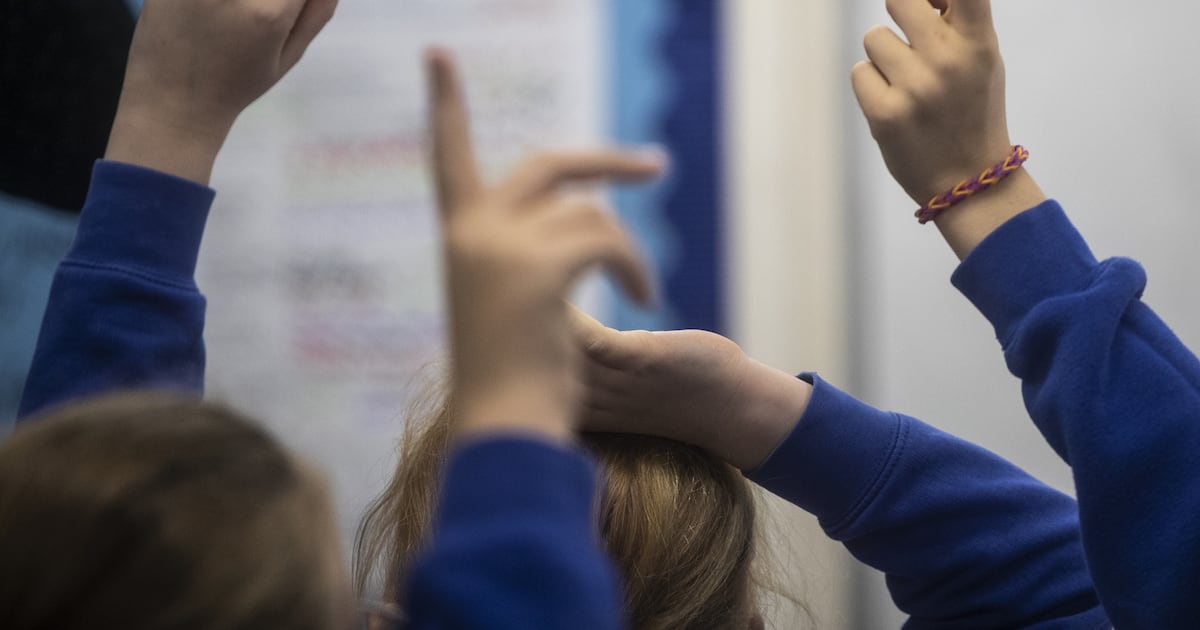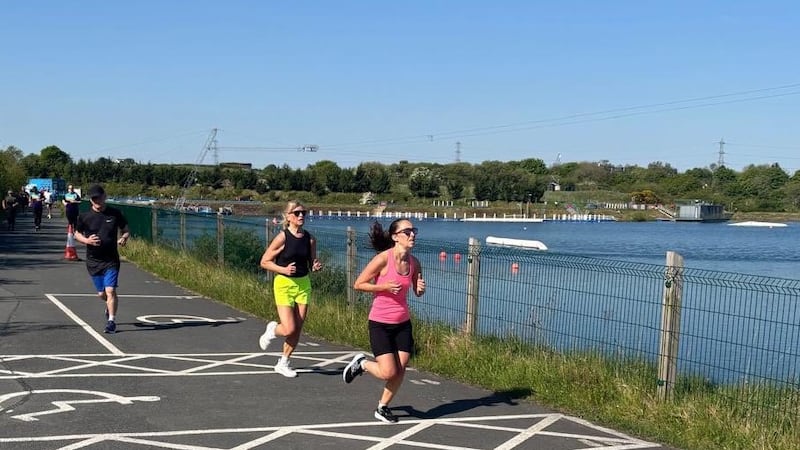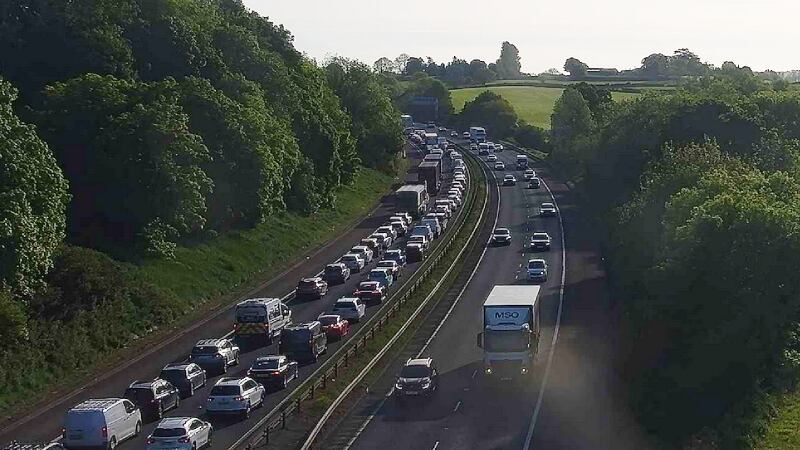Autism rates among school-aged children in the north are almost two times higher in urban areas compared to rural regions, new data has revealed.
A report published by the Department of Health on Thursday showed that for the 2024/25 period, and based on the Northern Ireland School Census, 5.9% of school-age children have an autism diagnosis, including Asperger syndrome.
However, 6.9% of children in urban areas have been diagnosed with autism.
In rural areas, the figure is 4.4%, while a breakdown of rates by health trust area also showed the stark difference between each trust’s urban and rural areas.
The health trust area with the highest rate is Belfast, at 8.2%, while the lowest is in the Southern Trust region, at 3.8%.
Boys are 2.5 times more likely to have a diagnosis than girls, while a striking inequality gap is also highlighted in the report, with autism rates almost 38% higher in the north’s 10% most deprived areas.
Referring to historical rates relating to deprivation, the report highlights how in the years prior to 2013/14, rates were “slightly higher” in the least deprived areas compared to the most deprived.
“However, since then the rate of autism amongst children in the most deprived areas has increased at a faster rate than in the least deprived.
“This has resulted in higher rates of autism being seen in the most deprived areas and a widening of the deprivation inequality gap,” the report adds.
Meanwhile, across the north, the school age with the highest rate of autism was Year 8, at 7.9%.
The report notes a “steady rise” in autism from P1 up to Year 8.
It states: “This trend has been observed in previous years and may link in with children being diagnosed with autism during their early school years.”
Autism is a spectrum that can range in severity, and the report states that 18% of children in the north with the condition do not have any special educational needs.
However, 63% have a Stage 3 Statement of Special Educational Needs.
The data shows an overall rise in autism rates in children since 2008/9 when the rate was 1.2% to today’s 5.9% rate.


